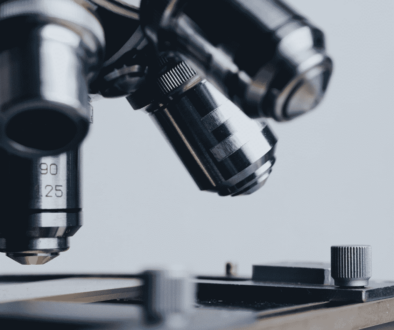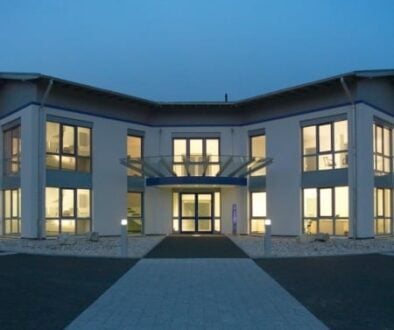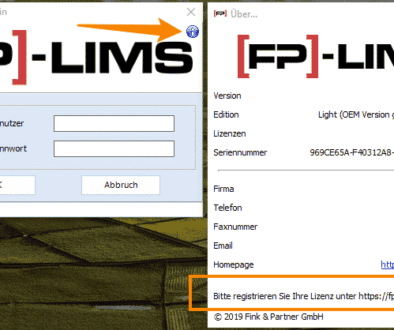BEHIND THE SCENES: INTERVIEW WITH A SOFTWARE DEVELOPER AN INTERVIEW WITH MICHAEL KÜPPER, SOFTWARE DEVELOPER AT FINK & PARTNER GMBH
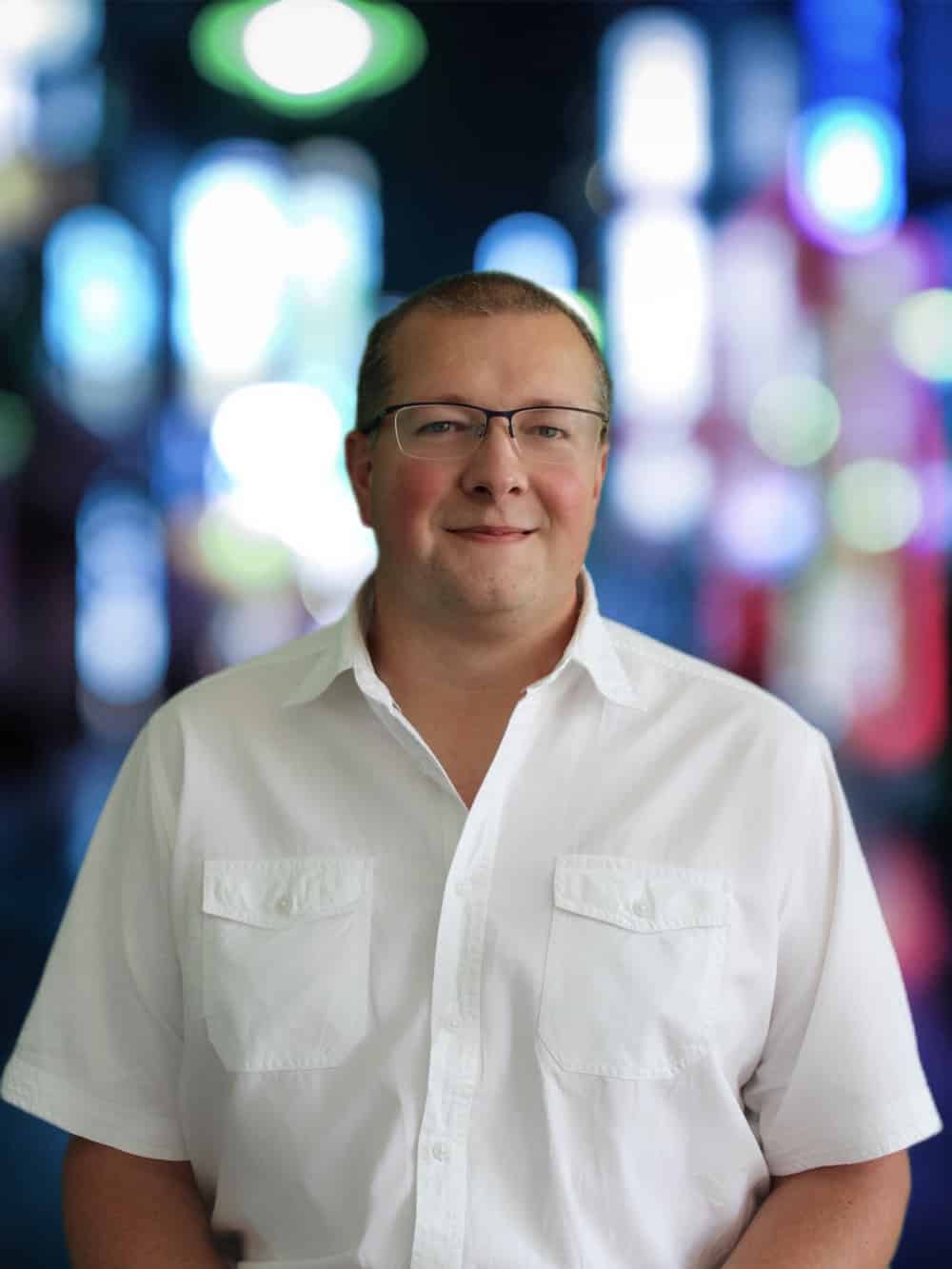
Interviewing Michael Küpper, software developer at Fink & Partner GmbH, we will learn more about the “hidden” structures of FP-LIMS.
Anna Freddi: Mr. Küpper, you have been working for Fink & Partner GmbH for 19 years now, and you are therefore an expert in software development. How did you join the IT industry and become involved in software development? And why did you choose Fink & Partner GmbH?
Michael Küpper: Since I was a little kid, I was already interested in computers. I still remember how I started programming with the Basic Manual’s help that came with the Commodore 64. I saved my first “mini” programs on Datasette. In secondary school, I started to learn Turbo Pascal, and in my spare time, I was developing little games. During my high school graduation, I got in touch with Delphi 2 (from Borland), which is based on Object Pascal.
During my military service, I applied for a job in the software development industry and could decide between two companies. I chose Fink & Partner GmbH, mainly because of the development language Delphi 5, which Fink & Partner GmbH applied at that time. After three years of training as an IT specialist in application development, I was offered a permanent employment contract, which I still have.
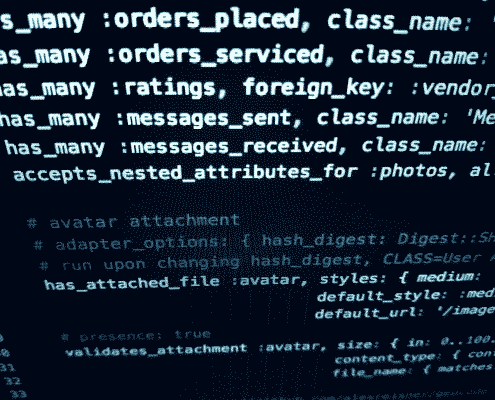
A.F.: How many and which programming languages do you know?
M.K.: As a primary language, I use mainly the object Pascal with Delphi. Besides, I use HTML, PHP, and JavaScript for web development. In private projects, I like working with C#. Over time, I also added languages like Java, C++, C, and Visual Basic (VB).
A.F.: Behind the scenes: what can you tell us about the programming language of [FP]-LIMS?
M.K.: Fink & Partner GmbH is still using Delphi today, although, of course, several version updates have been made in the past years. Currently, Delphi XE 10.3 is in use, and a switch to 10.4 is planned, which will include code improvements.
Delphi has the advantage that the “older” code already developed is mostly compatible with the current versions. Furthermore, Delphi can provide complex interfaces and dialogs easily and quickly.

A.F.: Could you tell us about your first project at Fink & Partner GmbH?
M.K.: At that time, as a trainee, I could not work directly on the [FP]-LIMS, at that time, still called [DIA]-Analysis Management. That’s how I ended up taking care of the import of data at the beginning. I got familiar with many different devices (e.g., by Spectro, ARL, Bruker, OBLF), other interfaces (e.g., file system, network sharing, TCP/IP, RS-232), and their protocols. At that time, a “special” program was developed for each interface individually. My first major project and, at the same time, my diploma thesis was the [DIA]-InstrumentManager. Its task is to read in all data via plug-ins (extensions) and transfer them to the [DIA] in a standardized way. This concept is still available in [FP]-LIMS.
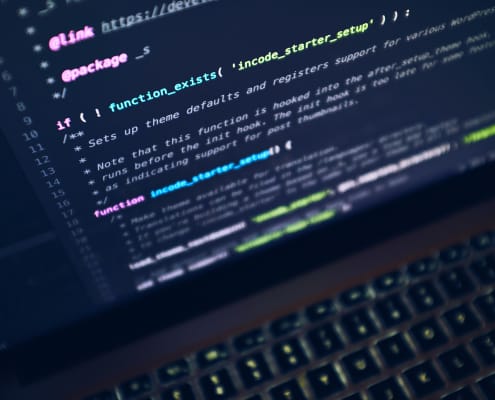
A.F.: [FP]-LIMS is a very flexible and customizable software solution for the laboratory. What challenges does this present for you and your colleagues in the development department?
M.K.: The high degree of flexibility is a core feature of the software and naturally has its price on the development side.
Software adaptations and extensions must be planned in detail, trying to convert individual (customer) requirements into general solutions. Thus, the range of functions is continually being expanded and will then be available to other customers in the future.
A further goal is the preservation of previous functionalities. After an update, the system should continue to function as it did before the update.

A.F.: What do you enjoy most about the development and enhancement of [FP]-LIMS?
M.K.: I think it is great to be part of such a great development team!
We all get along very well; there is an enjoyable and positive working atmosphere. You can always contribute new ideas and feel like a valued member of the company. Of course, the “what” to do is determined by the previously defined concepts, but the “how” is the developer’s freedom.
A.F.: 2020 – the year of digitalization due to Covid-19. What factors have significantly challenged the development team during this period?
M.K.: Compared to other industries, our division is handling digitization well. Working from home is possible without any problems, as the employees can access the servers via VPN. Fink & Partner GmbH has also been using Internet telephony (VOIP) for some time now.
Working from home is a challenge to keeping up the communication, i.e., the lively exchange between colleagues.
Problems, possible solutions, and ideas must be explained and discussed despite physical separation. Through many telephone calls, video calls, and regular meetings, we as a company have successfully overcome this hurdle and have made progress in the development of our [FP]-LIMS despite the corona pandemic.
